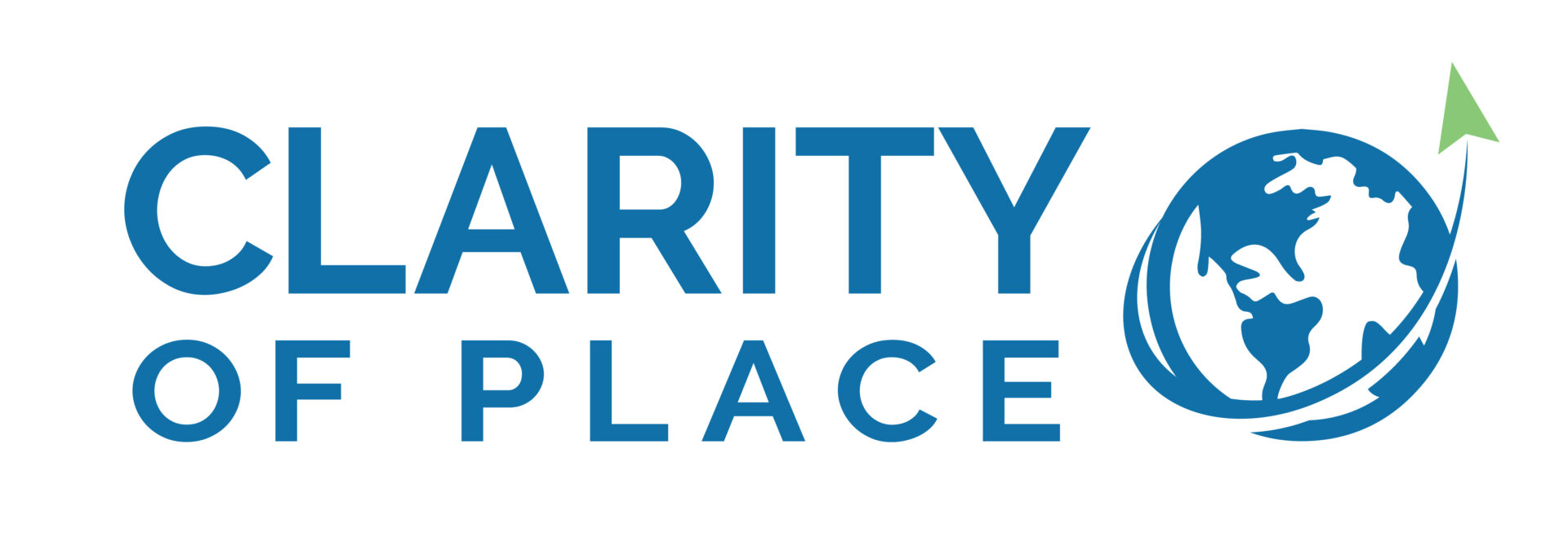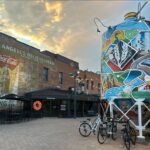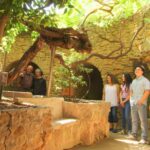At Clarity of Place, we believe that a destination management organization (DMO) must achieve community alignment to be successful. But what is community alignment anyway, and why does it matter?
Much like it sounds, community alignment happens when tourism’s direction aligns with its community’s overarching goals, wants, and needs for developing and nurturing its “place.” For example, if a community prioritizes protecting its natural resources, a DMO can support this goal. The DMO may promote eco-friendly attractions, target marketing to attract visitors during off-peak seasons to smooth out visitation, or create a visitor-focused campaign to stop littering.
Community alignment also means helping to generate enough visitor activity to support tourism-related businesses. It means celebrating what makes the destination different, ensuring the community maintains its character and residents maintain their quality of life, while providing visitors with an enjoyable experience.
What is community alignment?
Community alignment is essential to effective destination management. It helps ensure the visitor economy contributes positively to the place.
DMO leaders should understand the relationship between the visitor economy and the community, and they should share with community leaders how they are leveraging the visitor economy to support community goals. Otherwise, they will make decisions on how to manage the destination in a vacuum. Increasing visitation may cause stress to the community at certain times, and attempts to grow the visitor economy may stumble.
However, if DMO leaders understand how the visitor economy fits into their community, they can find areas of mutual benefit with community leaders, prioritize those, and help build a place that nourishes both visitors and residents.
Who benefits from community alignment?
When a DMO is attuned to community needs, tourism becomes a more integrated and appreciated part of the community. Everyone benefits:
- Tourism-related businesses collaborate to offer a holistic suite of attractions, appealing to a particular demographic and psychographic that fits the community’s values. This understanding of place, and ability to target a particular market, helps them become more competitive against other destinations.
- Community members feel valued and heard. Issues such as overcrowding are surfaced and are being addressed. New parks and recreation facilities raise resident quality of life. Local businesses are able to recruit and retain vital talent, which brings more success. Community pride improves as area attractions gain notoriety and visitors share accolades.
- Visitors have a higher-quality experience. They can choose from more coordinated, relevant offerings. They may see fewer crowds and be able to make a more direct connection with your destination. They understand your community’s character, return for more visits, and recommend you to their like-minded friends.
How does a destination achieve community alignment?
Achieving community alignment is an intentional, collaborative process. These steps provide a guide.
- Understand your community’s concerns and desires. Consider government and business community initiatives, goals, and challenges. Is the community facing traffic jams at peak tourism times? Deciding how to implement a city master plan? Evaluating a large new project like a sports complex? Tourism touches all of these issues.
- Understand tourism stakeholder and resident sentiment. What opportunities and challenges do tourism businesses and residents face? How can community entities help businesses? How does tourism affect residents’ daily lives? Interviews, focus groups, and surveys can elicit this information.
- Collect and analyze pertinent data. What does the data tell you about your community’s capacity? What percentage of crowding is due to visitors vs. locals? Are lodging properties and other tourism businesses facing seasonal peaks and valleys? What effect will larger tourism trends have on your community?
- Collaborate with community leaders. Share the sentiment and data that you have gathered and interpret what it means for your community. Work together to find solutions where tourism will be an important partner and contribute solutions that support your visitors, your tourism businesses, and your full community.
Learn More
The Clarity of Place team can help you identify how your destination fits within your community. To learn how, contact us. We can help you map out solutions that bring your DMO and your community together—for a strong visitor economy, happy community, and impressed guests.





